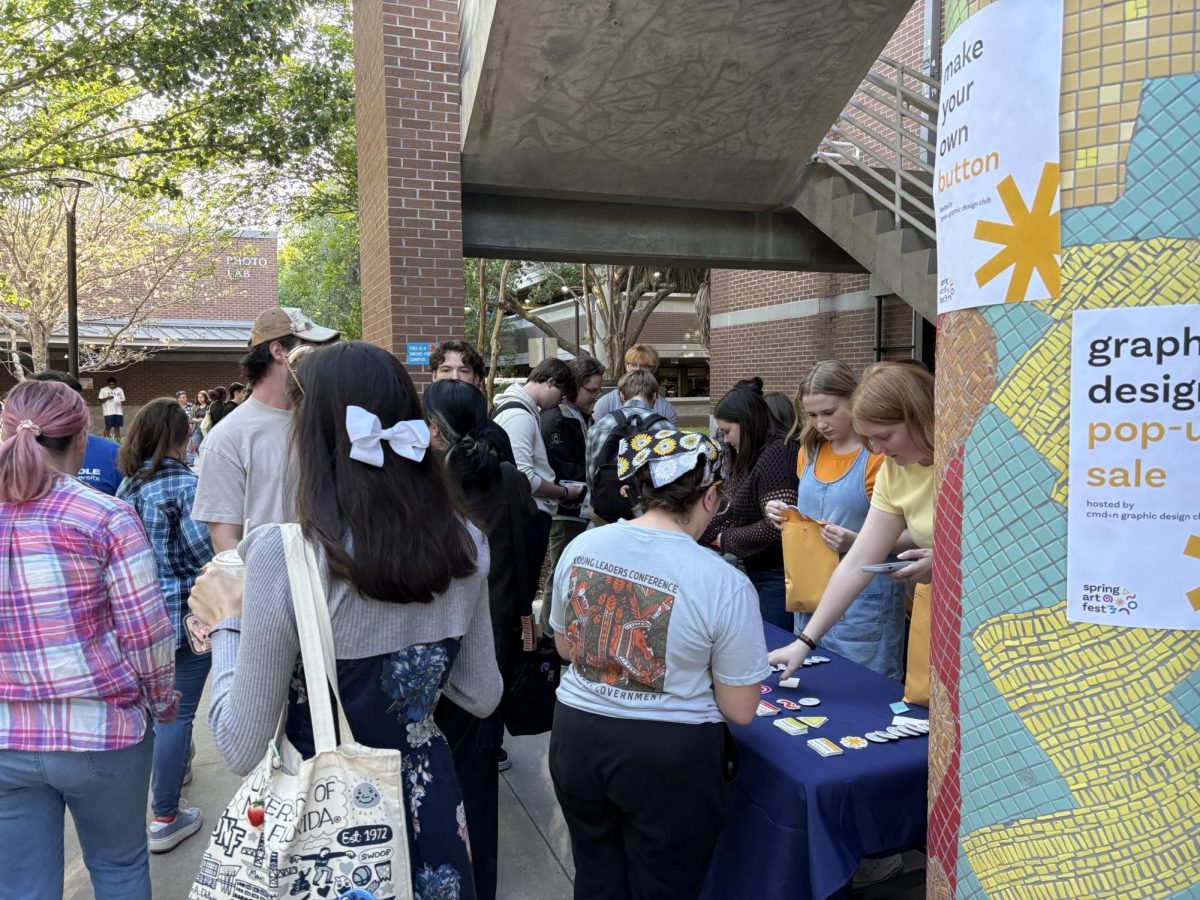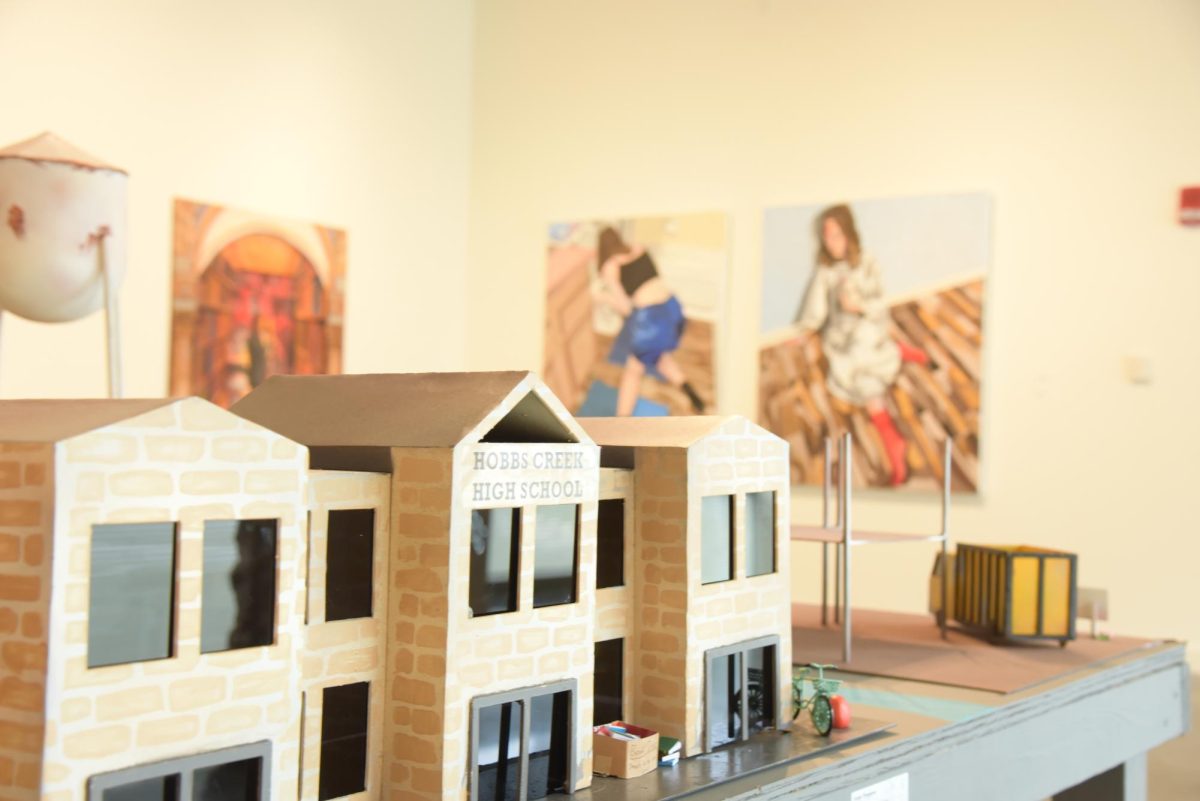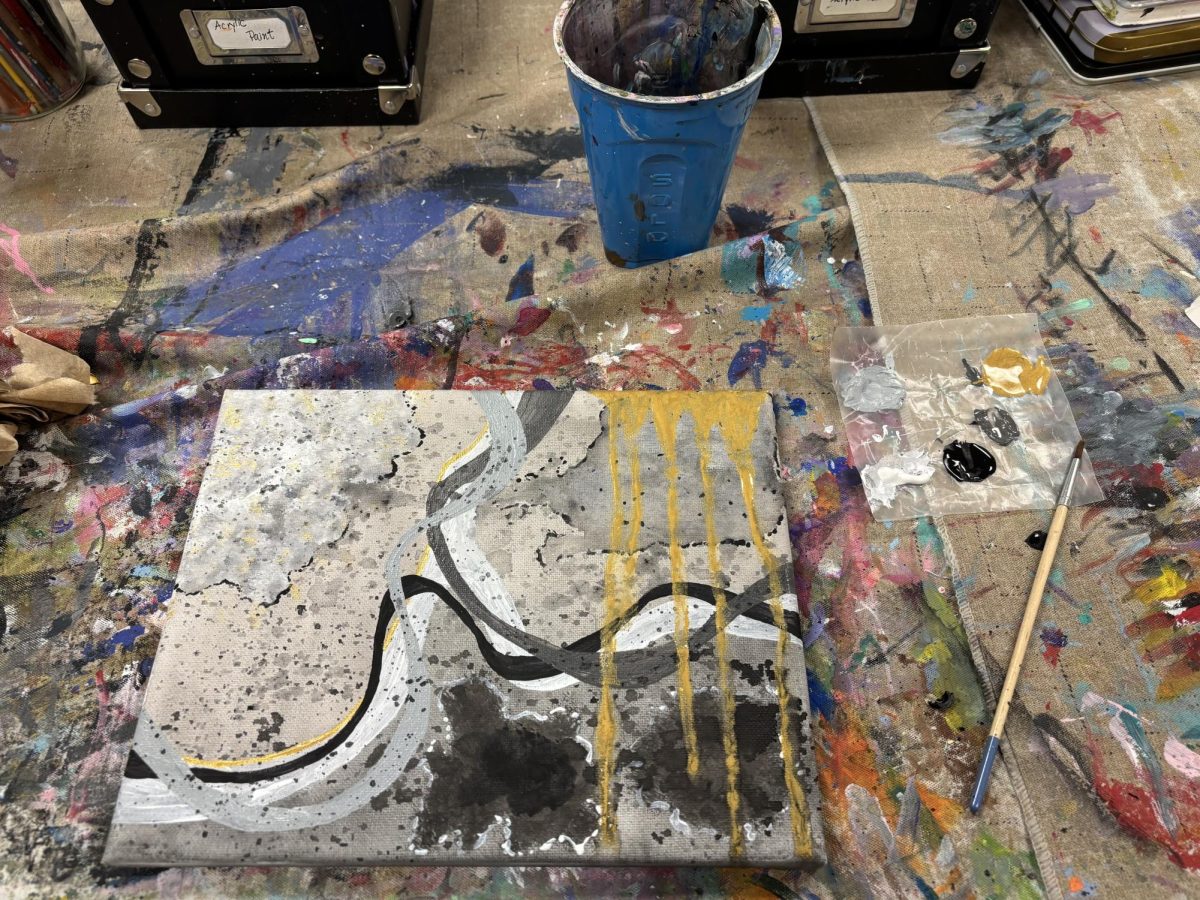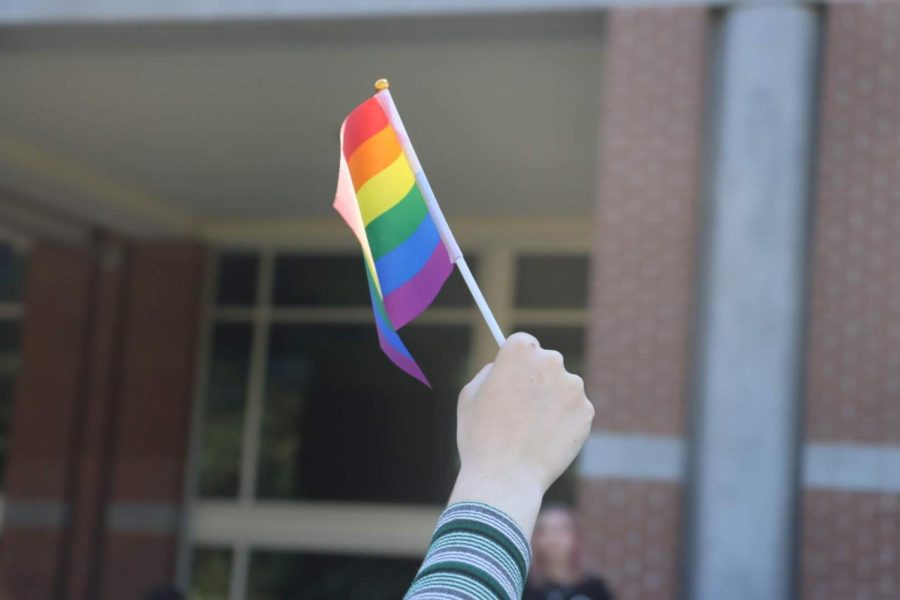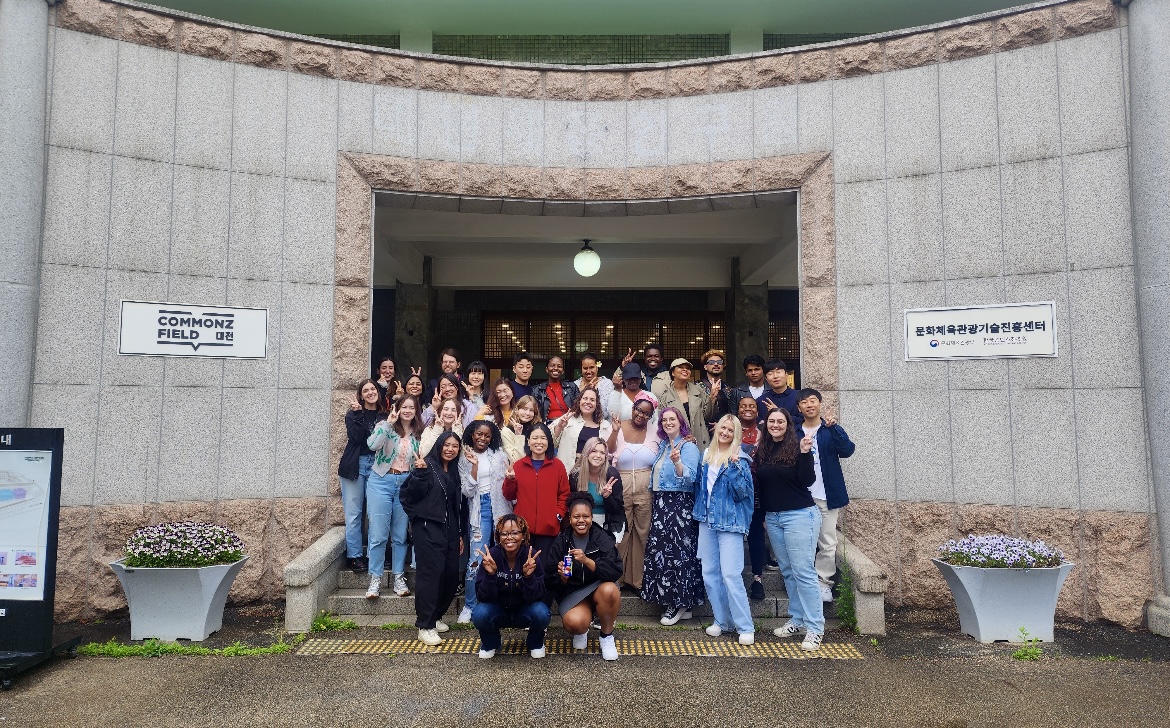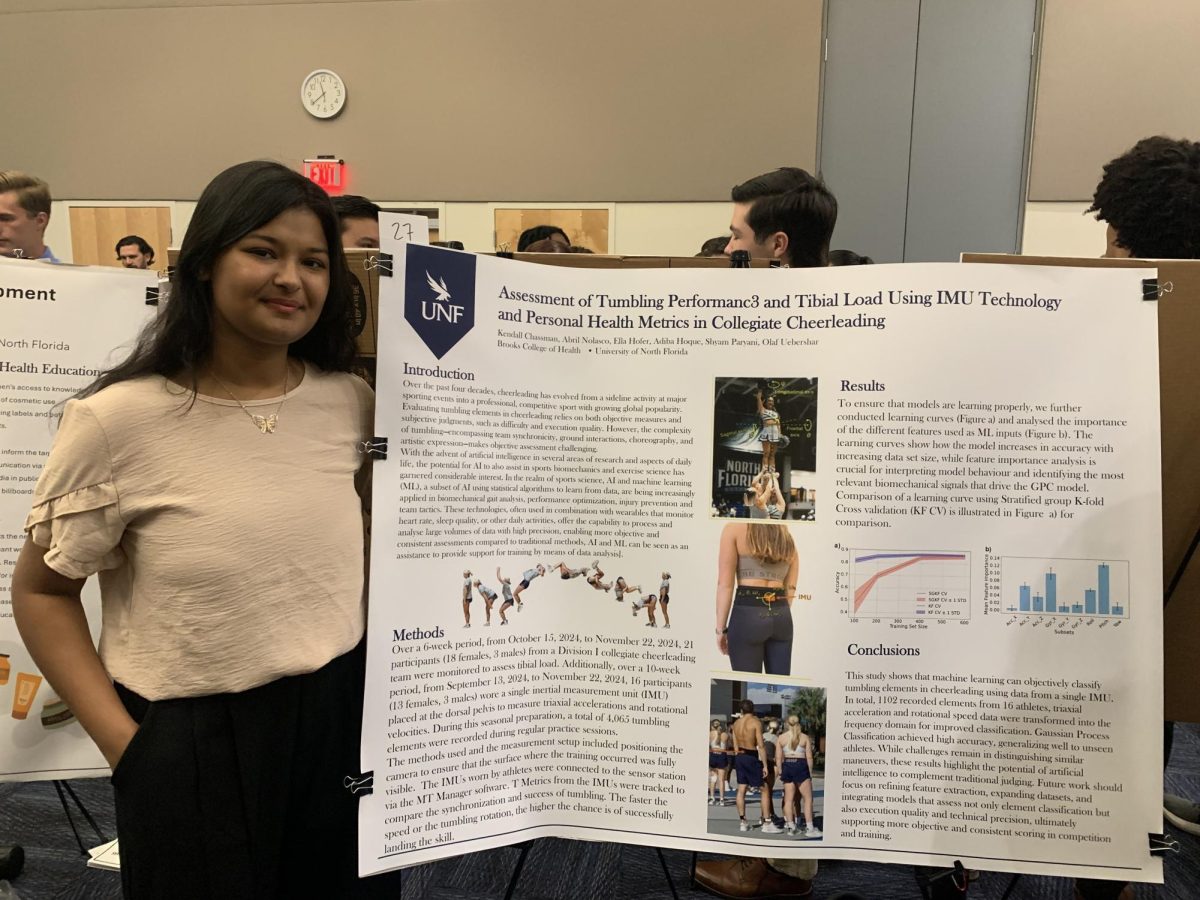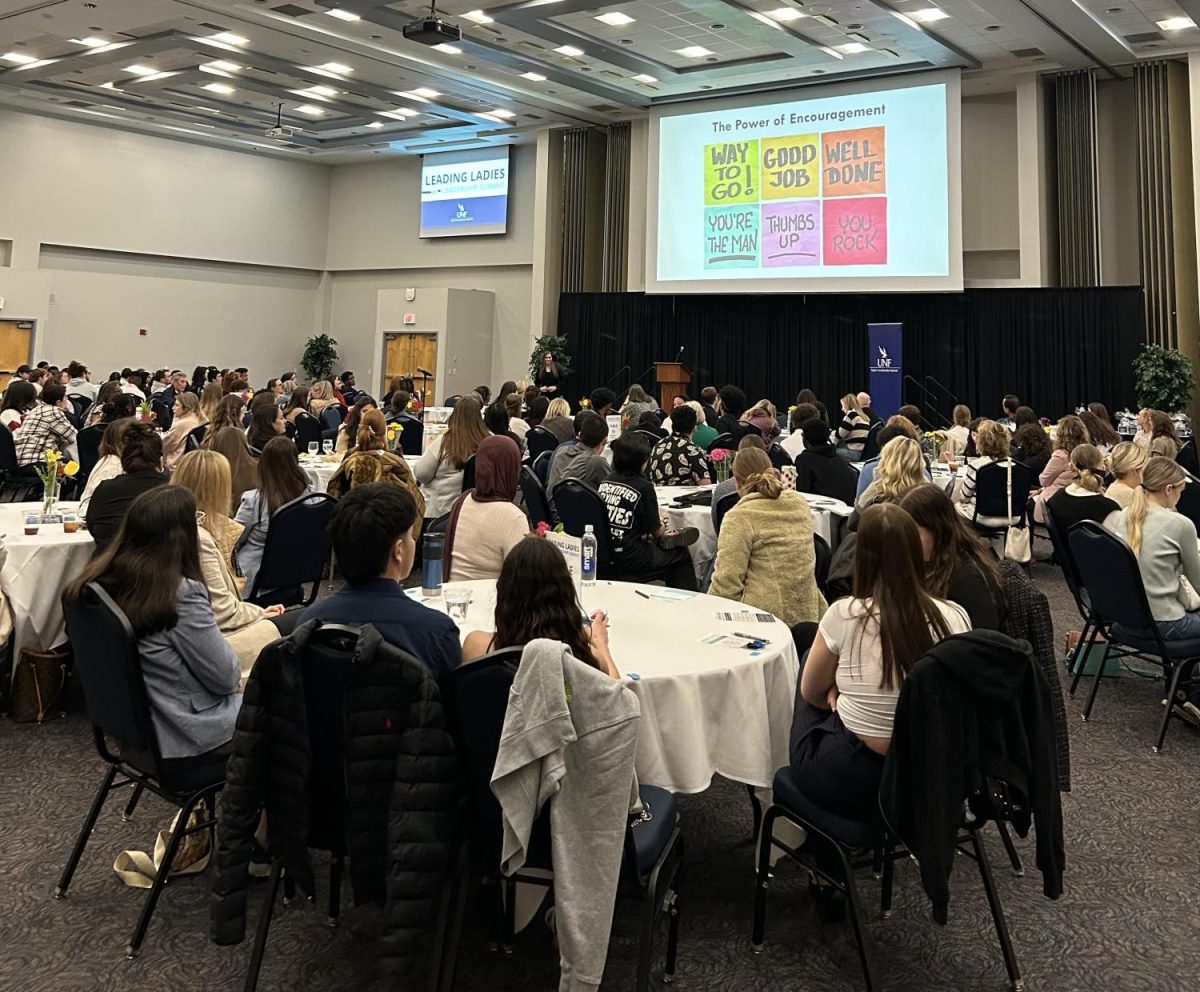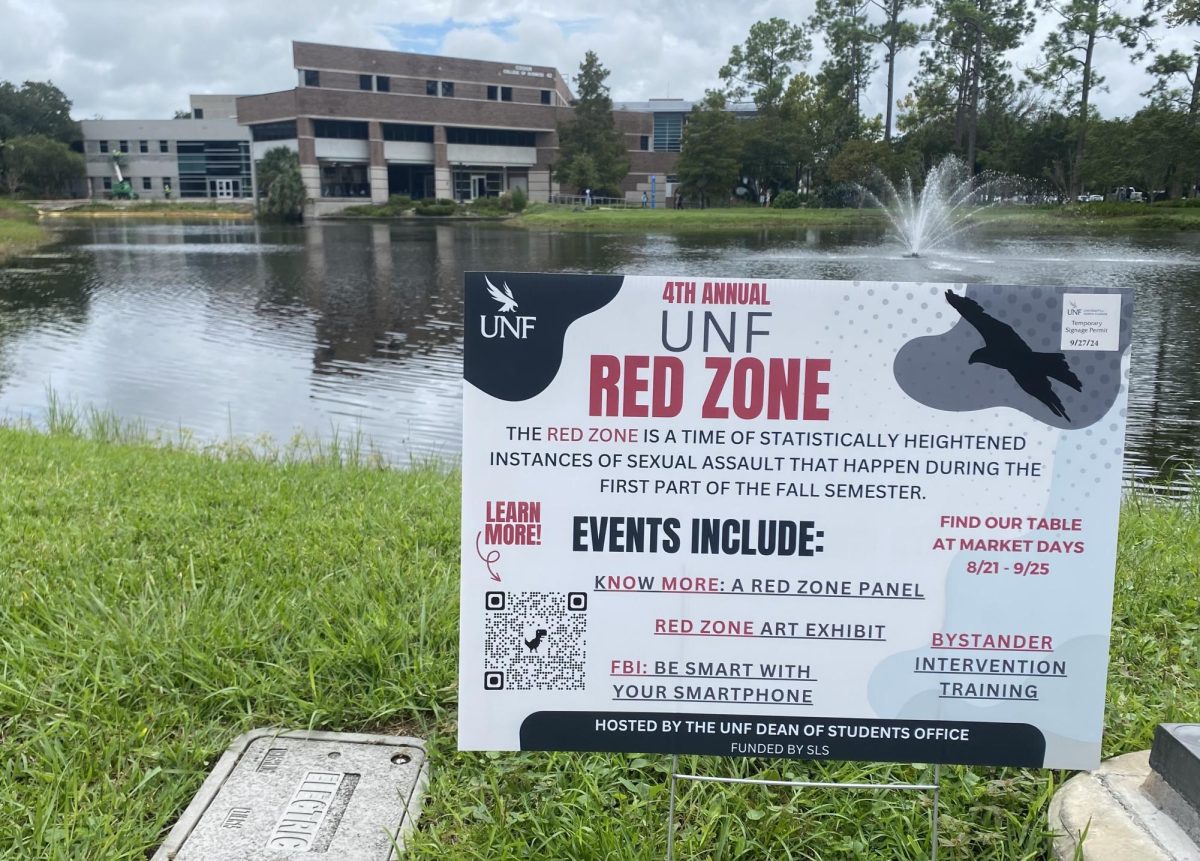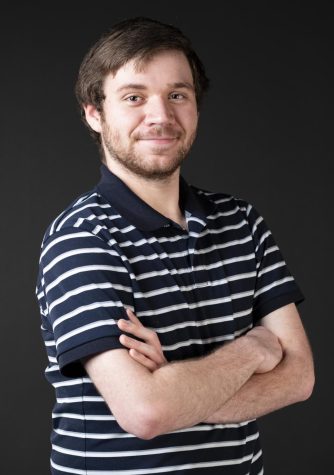Potatoes are one of the most popular vegetables in the world. People may be familiar with red, gold or even sweet potatoes, but two University of North Florida (UNF) professors are working to add “sculpture” to the list.
Lance Vickery and Jenny Hager, husband and wife, are UNF’s only full-time sculpture professors. With over 50 years of sculpting experience between the two, 15 of which have been at the university, it’s safe to say they know their way around. Their work, including that of their students, can be seen all across campus, including the popular Colonel Crackers and Spark Attack.
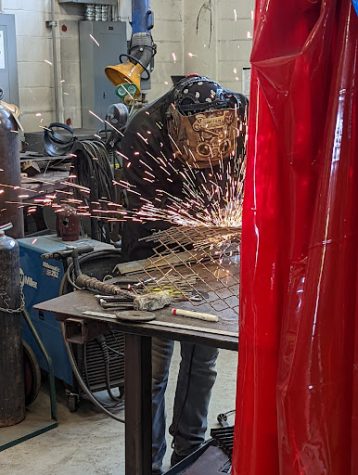
Every four years, the International Conference on Contemporary Cast Iron Art (ICCCIA) meets to:
“Creating an international platform for the exploration and practice of contemporary cast iron sculpture and to inspire global participation in the aesthetic, conceptual, cultural, historical, and technical dialogue on contemporary cast iron art,” according to their website.
The next meeting of ICCCIA will happen in September and will be located in Berlin. With this knowledge, Vickery and Hager created an idea to bring to the conference: Potatoes.
However, this is no ordinary sculpture depicting regular potatoes growing underground. They’re making an enormous metal potato effigy — a large-faced potato and stand — where they plan on cooking and serving actual potatoes. The couple and their students are currently preparing a test run of what it will look like for the conference since almost everything will have to be recreated in Germany.
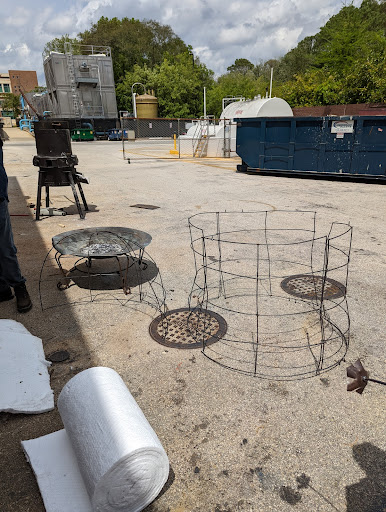
The large potato sculpture will have a steel frame and lining. Its face accessories, like a nose and mustache, will be made of poured iron. The stand will be used to cook and serve the potatoes themselves. This whole piece will serve as a celebration of potatoes themselves.
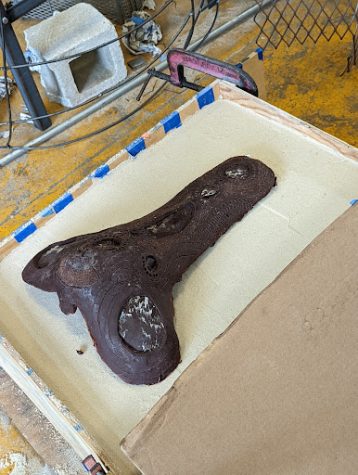
But why potatoes? Why not any other vegetable? According to Hager, the absurdity behind the decision compelled them to choose it.
When the conference was first announced, they wanted something “absurd” to stand out against the COVID-19 pandemic in the past few years. Potatoes are essential parts of many cultures, including Germany, and were even the first vegetable grown and eaten in space. The decision was obvious.
“Every culture has potatoes; you are what you eat,” Hager said.

Some of their students are currently working on molds based on actual potatoes. According to Hager, these molds will also be filled with molten iron to create potatoes with “growing” metal flowers as part of the display. The molds are made of sand and resin and come in two halves.
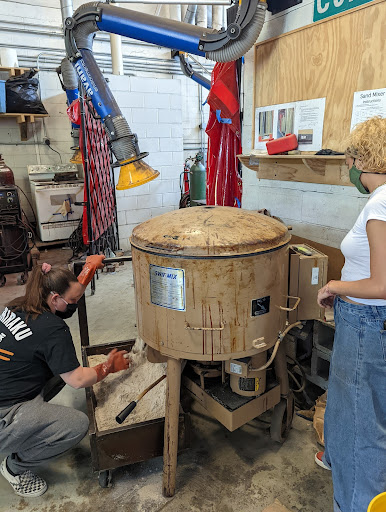
The halves are held together with thin iron bands, staying together while the molten iron is poured into the mold.
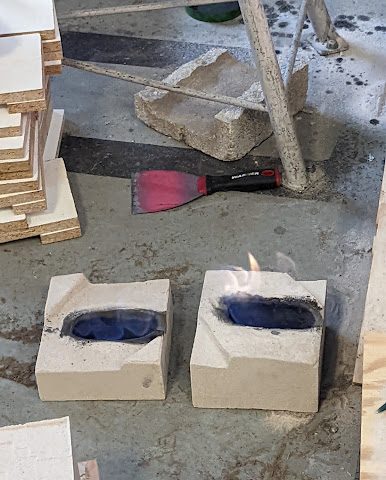
But where does all this metal come from? It all comes from Commercial Metals Company (CMC), a local company that recycles scrap. Sometimes, they donate big things like iron tubs and sinks that the sculptors break with sledgehammers.
The professors strongly encourage students interested in this field to take sculpture classes at UNF, where majors and minors are available. In 2015, the sculpture program moved from the Fine Arts Center to its current location in the UNF Annex, giving them much more space.
Pouring the molten iron for the molds happens during a significant ceremony for the students and the professors, held only once a semester. Their Spring 2022 pouring ceremony will be taking place on Saturday, April 9, from 4 p.m. to 8 p.m., where they will be pouring 2,000 pounds of melted scrap iron.
The ceremony is open to all students, and Hager and Vickery strongly encourage public attendance. The ceremony will be held behind the sculpture workshop in Building 6.
Further information on the sculpting program can be found here.
___
For more information or news tips, or if you see an error in this story or have any compliments or concerns, contact editor@unfspinnaker.com.



